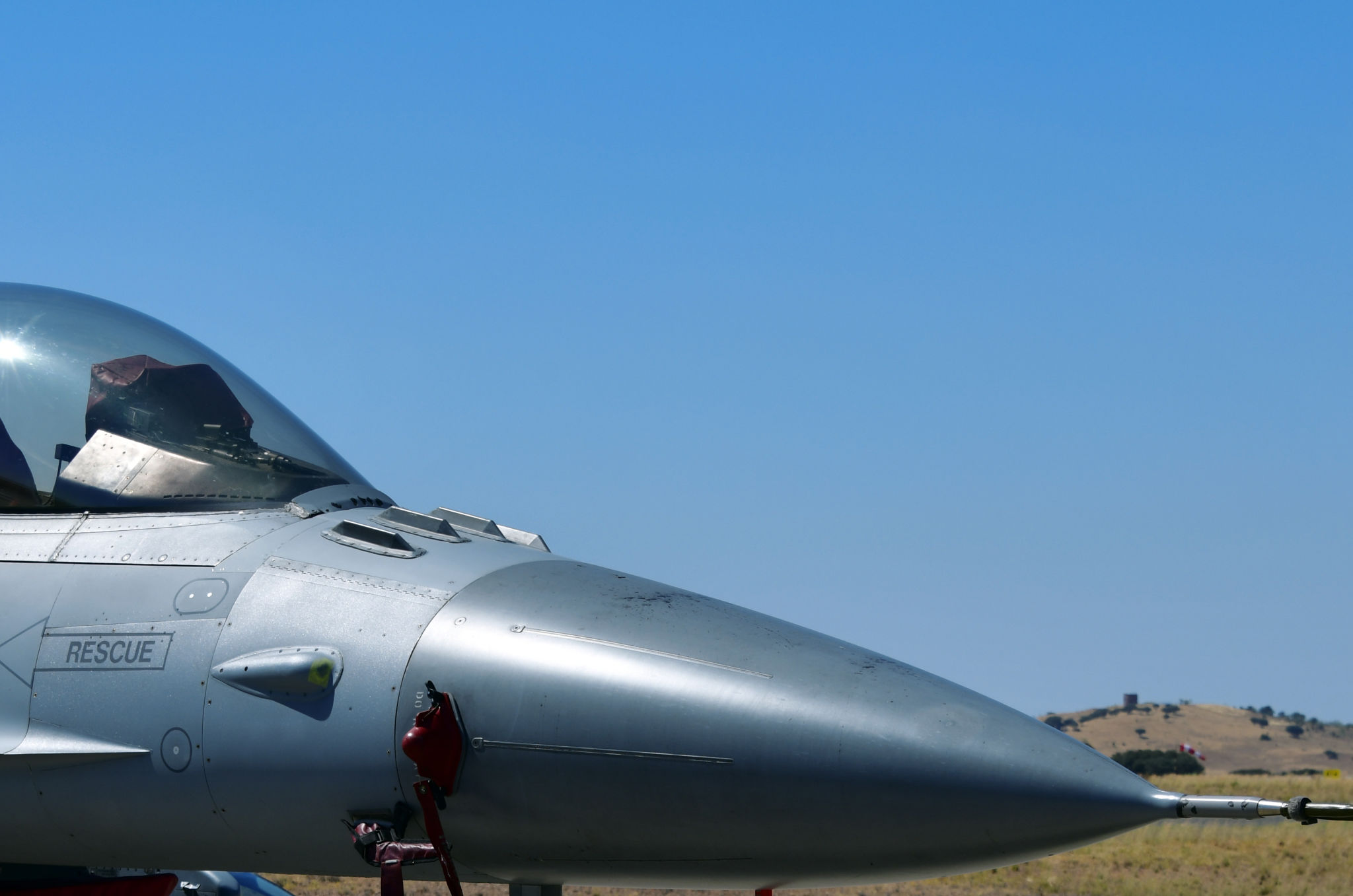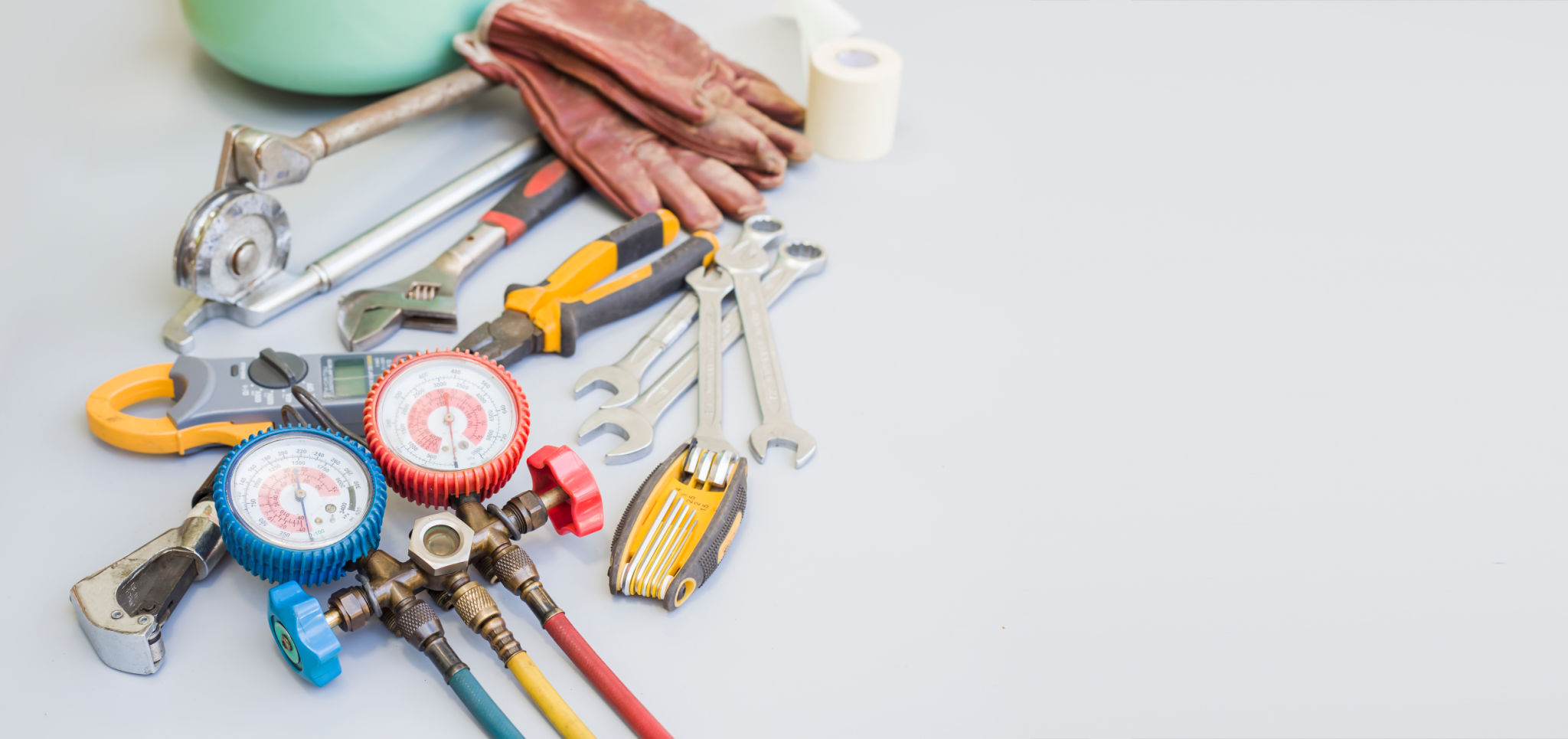A Comprehensive Guide to Flight Diverter Installation Services: Best Practices and Tips
Understanding Flight Diverters
Flight diverters are crucial for minimizing bird collisions with power lines, communication towers, and other structures. These devices are designed to enhance the visibility of cables and wires, which often blend into the sky or surrounding environment. By installing flight diverters, companies can significantly reduce avian fatalities and ensure compliance with environmental regulations.
Flight diverters come in various designs and materials, each tailored to specific environmental conditions and installation requirements. Some are made from UV-resistant materials to withstand harsh weather, while others might incorporate reflective or luminescent elements to improve visibility during different times of the day.

Preparing for Installation
Before embarking on a flight diverter installation project, it is essential to conduct a thorough site assessment. This involves identifying high-risk areas for bird collisions, analyzing local bird populations, and understanding the specific challenges of the environment. Collaborating with ornithologists and environmental experts can provide valuable insights.
Once the assessment is complete, creating a detailed installation plan is crucial. This plan should include the selection of appropriate flight diverters, the method of installation, and a timeline for completion. Proper planning ensures that the installation process is efficient and minimizes any potential disruptions to power services or other operations.

Best Practices for Installation
Several best practices should be adhered to during the installation of flight diverters. First and foremost, safety must be a priority. Ensuring that installation teams are well-trained and equipped with the necessary safety gear is essential to prevent accidents.
Another important practice is using appropriate tools and equipment. This includes aerial lifts or drones for hard-to-reach areas, which can expedite the process while maintaining safety standards. Additionally, following manufacturer guidelines for installing specific diverters can prevent damage and ensure their longevity.

Post-Installation Evaluation
After installation, conducting a comprehensive evaluation is vital to assess the effectiveness of the diverters. This involves monitoring bird activity around the installed areas and recording any incidents of bird collisions. Data collected during this phase can help determine if further adjustments or additional installations are necessary.
Regular maintenance checks are also crucial to ensure that the diverters remain in optimal condition. Over time, environmental factors such as wind, rain, or UV exposure may affect the diverters' performance. Scheduled inspections can help identify any wear and tear or necessary replacements.
Tips for Successful Implementation
One key tip for successful flight diverter implementation is to engage the local community. Raising awareness about the importance of these installations can foster support and cooperation from residents and stakeholders. Educational programs and workshops can also enhance community involvement.
Another tip is to stay updated with technological advancements in flight diverter designs. Innovations in materials and visibility enhancements can improve effectiveness and durability. Collaborating with manufacturers for the latest products ensures that installations utilize cutting-edge solutions.

Conclusion
Proper installation of flight diverters is a critical step towards protecting avian life and maintaining ecological balance. By adhering to best practices and leveraging expert insights, companies can achieve successful installations that significantly reduce bird collisions. Continuous monitoring, community engagement, and staying informed about new technologies will ensure long-term success in flight diverter projects.